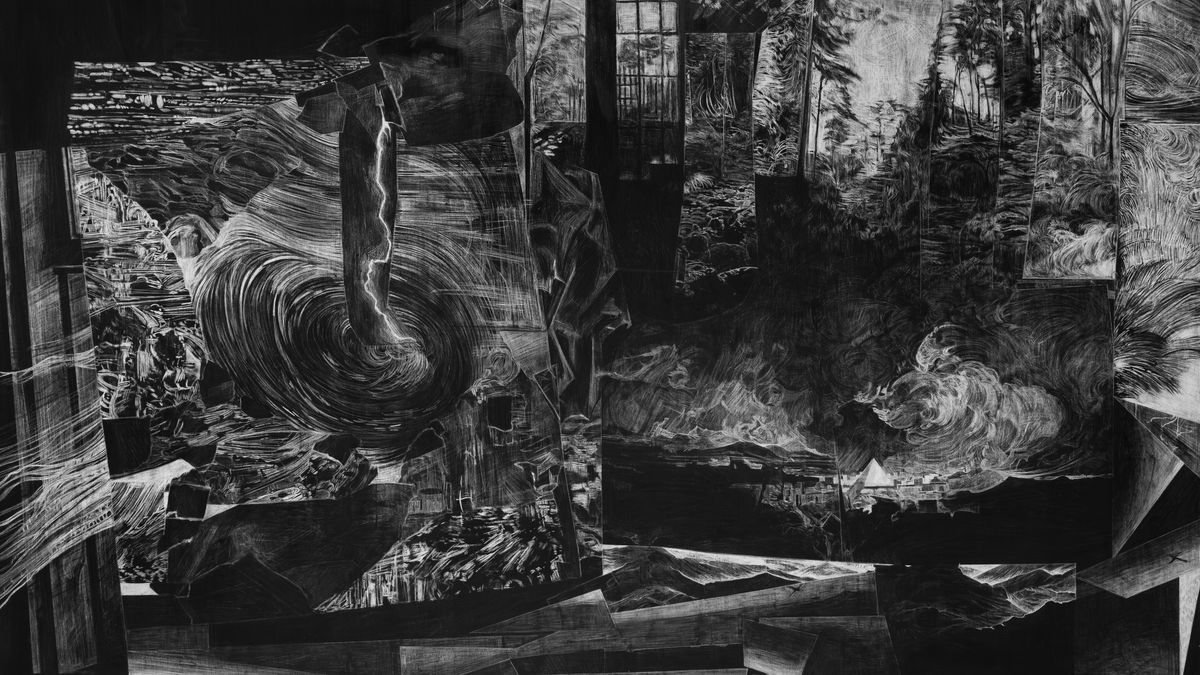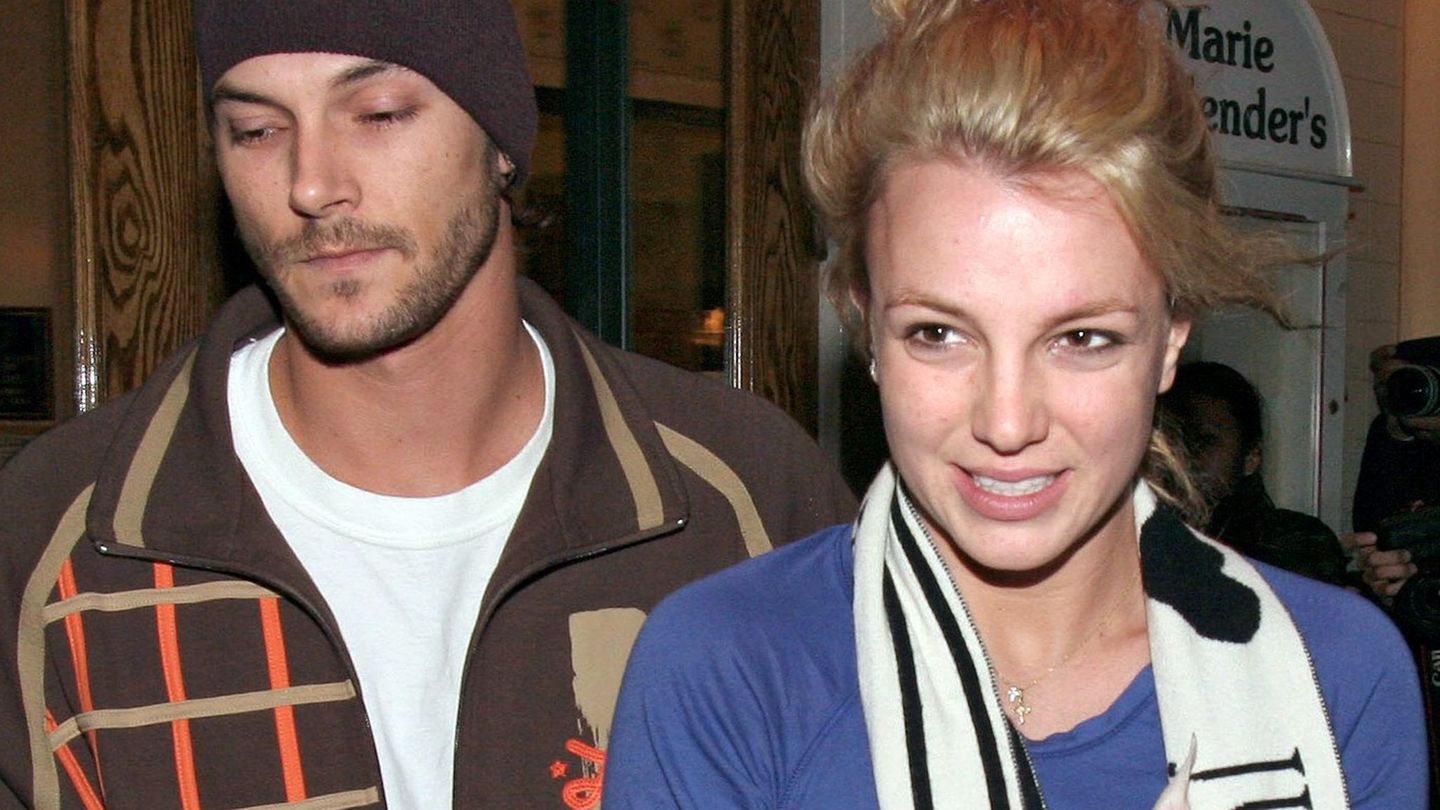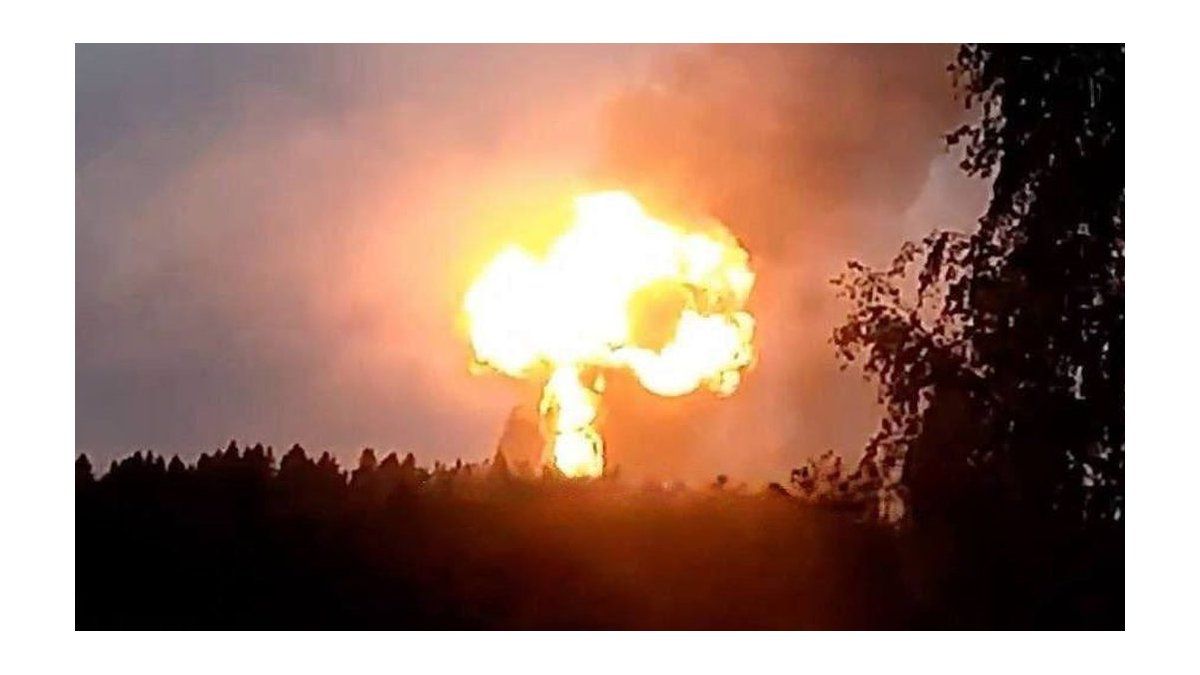“Low-flying, journey to the center of the drawing” It was an exhibition held 10 years ago under the curatorship of Daniel Fischer which “reflected on the different ways in which drawing is interwoven as language and signal, also as the formless poetics of a possible artistic discourse.”
Once again, Fischer called on 16 artists for a trip and low flight to the center of drawing at ODA Art Office for a new edition in which he proposes to put a small meditative foot back to think about the artistic traditions where the drawing is woven and interwovenwhich has a founding role as an expressive medium.
Among the artists is Alicia Esquivelborn in Misiones, who we recently discussed in the current exhibition of the Trabucco Prize that is being shown at OSDE. The drawings presented here refer to her obsession with nature and especially the animals that had to go through the devastating fires in her native province where nature, today in danger, is brutal. On this occasion the animals in delicate greys and deep blacks, take on the form of masks.
Andres Bancalari (Resistance, 1961), presented on Kraft paper, colored pencil, geometric figures drawn directly on the wall “Probable states” from the Multiples series. In his testimony, the artist points out that “Series never have an end, each drawing enables a new one.”
Catherine Chervinan artist with a vast national and international career, with her labyrinthine work that she describes as “a sinuous fabric.” On this occasion, her motley and also subtle drawing, this motley gives rise to some less dense, much more transparent spaces.
Cynthia Kampelmacher exhibits a herbarium at the Trabucco Prize. Consistent with his ecological concerns, he presents here “Reinscription of a Landscape”, a drawing and collage on paper in watercolor ink, graphite, tracing paper, tissue paper, a very elaborate work, part of his graphic essay of photographic shots of jungle tangles.
Jose Marchian artist noted for his refined recreations of photographs from the late 19th and early 20th centuries, a recurring theme in his works since the 1990s, his drawing illuminated by a whitish, transparent light, uses the words apparition and dematerialization to indicate the light source of the composition. He recently held a solo exhibition at this gallery “Fulgurations”also under the curatorship of Daniel Fischerin which we pointed out that “in this garish era, devoid of all meaning, he gave us a moment of serene introspection in the face of the reign of the ephemeral.”
Delia Cancela (Buenos Aires, 1940), a key figure in the avant-garde of the 1960s, lived in Argentina, New York, London and Paris. She won multiple awards, including the Ver y Estimar (1963), the Di Tella and the Braque (1966) together with Pablo Mesejeanwho died in 1986. He was also awarded the National Endowment for the Arts Lifetime Achievement Award (2018). Passionate about fashion, both artists designed clothes, were on the cover of Vogue, and were pioneers in linking art, fashion, and design.
The works featured in this exhibition include, “Flower woman” from the series Nature and Womenink on paper, just a touch of color, the subtlety of ink and pencil, as if they barely touched the paper.
Matthias Ercole (Buenos Aires, 1987) presents large-scale works that allow him space for his whirlwinds and swirling images, layers and layers that reveal nature, landscapes or anything else that the “reader” of his work feels. One can “see” a certain mysticism, a mysterious world, a light that comes from the depths turning the image into a dream, an overwhelming composition that needs time to discover what is past and present in his work.
Paula Senderowicz (Buenos Aires, 1973) says that during a residency in Banff (Canada) in 2006, a wooded area, a lot of firewood and wood was used. He made a sketch of stacked logs. It was snowing and he felt the need to merge with the snow, he lay down on the pile of logs. Back in Buenos Aires, he revisited the images he had taken with a borrowed camera. It is the origin of a personal and sensorial experience with which he made the watercolors. “Liquid Landscape” and “Barricade”.
Completing this sample of the excellent group of selected artists who do not necessarily appeal to pencil, graphite, or other traditional techniques, but rather to the crossing with technology and other combinations: Jose Villalonga, Lucas Aguirre, Lucas Miguens, Lucia Pellegrini, Sara Goldman, Silvana Montechiessi, Viviana Blanco, Rocio Coppola (Buenos Aires, 1965-2020).
(Paraná 759. First Floor. Monday to Friday from 3 to 7 pm. Closing on August 1st.)
Source: Ambito
I am an author and journalist who has worked in the entertainment industry for over a decade. I currently work as a news editor at a major news website, and my focus is on covering the latest trends in entertainment. I also write occasional pieces for other outlets, and have authored two books about the entertainment industry.




